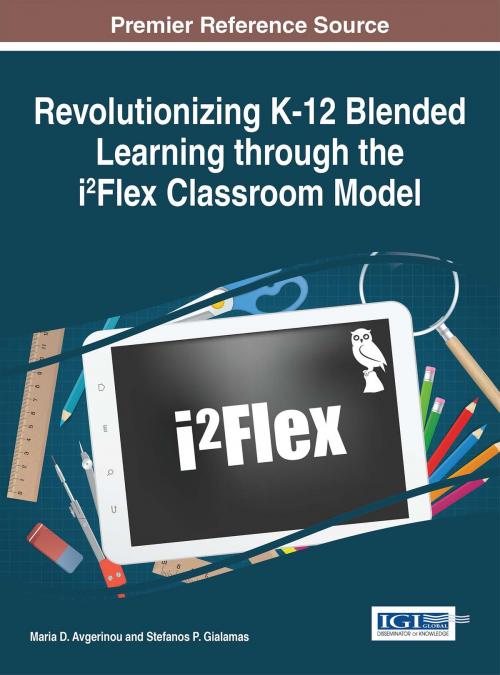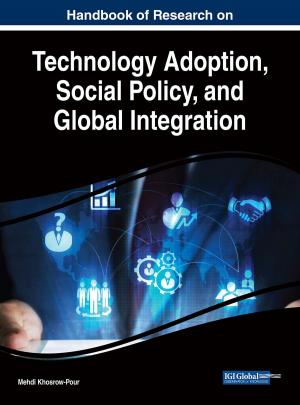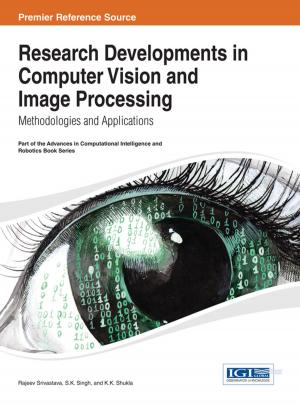Revolutionizing K-12 Blended Learning through the i²Flex Classroom Model
Nonfiction, Computers, Application Software, Educational Software, Reference & Language, Education & Teaching, Teaching, Computers & Technology| Author: | ISBN: | 9781522502692 | |
| Publisher: | IGI Global | Publication: | June 20, 2016 |
| Imprint: | Information Science Reference | Language: | English |
| Author: | |
| ISBN: | 9781522502692 |
| Publisher: | IGI Global |
| Publication: | June 20, 2016 |
| Imprint: | Information Science Reference |
| Language: | English |
Blended learning has gained significant attention recently by educational leaders, practitioners, and researchers. i²Flex, a variation of blended learning, is based on the premise that certain non-interactive teaching activities, such as lecturing, can take place by students without teachers’ direct involvement. Classroom time can then be used for educational activities that fully exploit teacher-student and student-student interactions, allowing for meaningful personalized feedback and scaffolding on demand. Revolutionizing K-12 Blended Learning through the i²Flex Classroom Model presents a well-rounded discussion on the i²Flex model, highlighting methods for K-12 course design, delivery, and evaluation in addition to teacher performance assessment in a blended i²Flex environment. Emphasizing new methods for improving the classroom and learning experience in addition to preparing students for higher education and careers, this publication is an essential reference source for pre-service and in-service teachers, researchers, administrators, and educational technology developers.
Blended learning has gained significant attention recently by educational leaders, practitioners, and researchers. i²Flex, a variation of blended learning, is based on the premise that certain non-interactive teaching activities, such as lecturing, can take place by students without teachers’ direct involvement. Classroom time can then be used for educational activities that fully exploit teacher-student and student-student interactions, allowing for meaningful personalized feedback and scaffolding on demand. Revolutionizing K-12 Blended Learning through the i²Flex Classroom Model presents a well-rounded discussion on the i²Flex model, highlighting methods for K-12 course design, delivery, and evaluation in addition to teacher performance assessment in a blended i²Flex environment. Emphasizing new methods for improving the classroom and learning experience in addition to preparing students for higher education and careers, this publication is an essential reference source for pre-service and in-service teachers, researchers, administrators, and educational technology developers.















